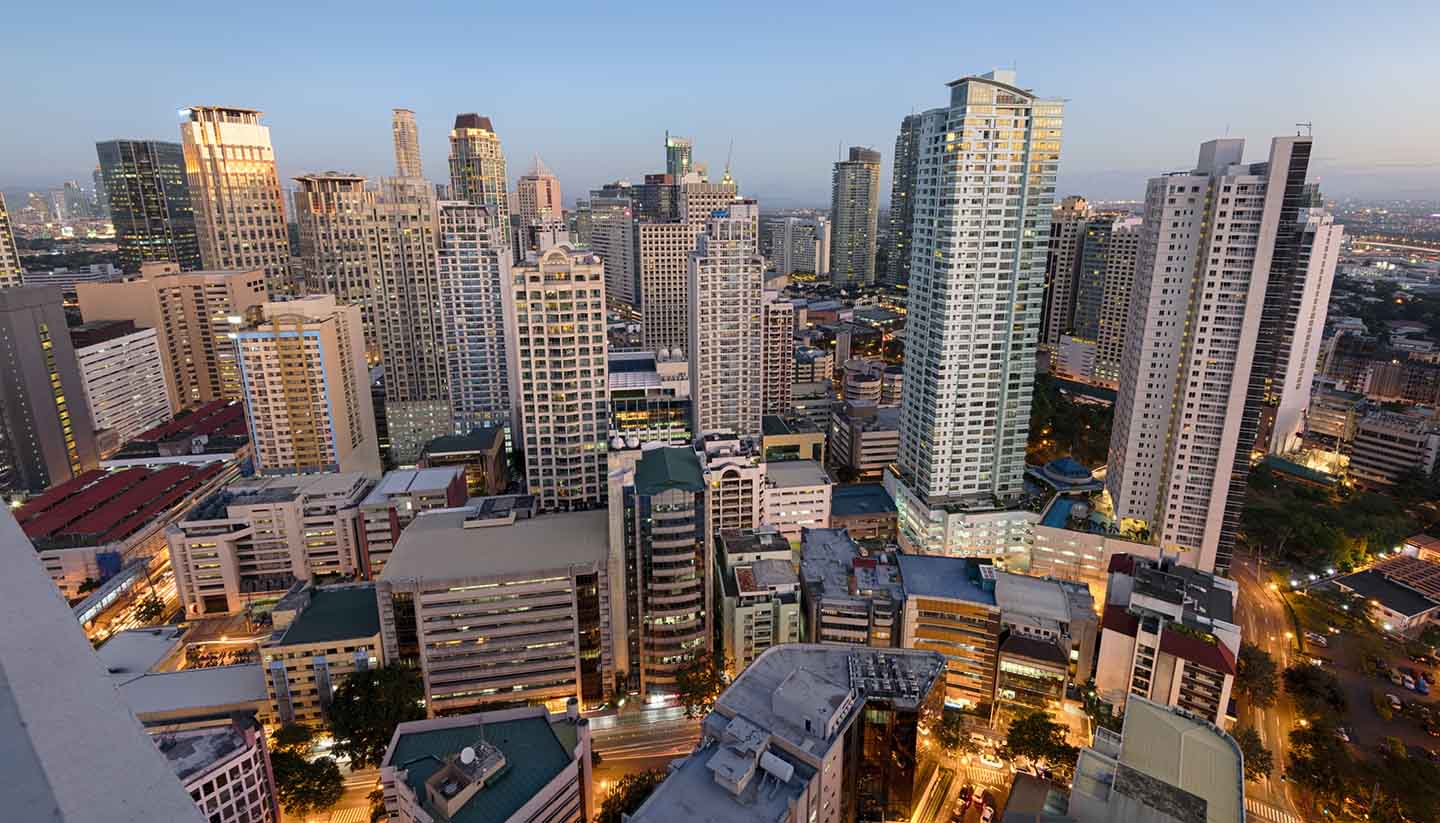Travel to Manila
Flying to Manila
Philippine Airlines offers direct flights from the UK to Manila. Alternatively, there are plenty of options involving one stopover, including flights with Thai Airways via Bangkok and Cathay Pacific via Hong Kong. From the USA, there are also direct flights with Philippine Airlines.
Flight times
From London - 13 hours 40 minutes; New York - 20 hours (including stopover); Los Angeles is 14 hours 20 minutes; Toronto - 19 hours (including stopover); Sydney - 8 hours 30 minutes.
Travel by road
Traffic drives on the right and the minimum driving age is 18 (although ‘student permits’ are available to 16 year-olds). Speed limits within Manila vary from 40kph (25mph) to 100kph (63mph) on expressways.
An overseas national driving licence is acceptable but can only be used for up to three months after arriving in the Philippines.
Emergency breakdown services
Automobile Association Philippines (tel: +63 2 723 0808).
Routes
The two main roads in and out of Metro Manila are NLEX (North Luzon Expressway) and SLEX (South Luzon Expressway), both of which are toll operated. NLEX leads to Bulacan, Pampanga (Mt Pinatubo), Angeles (Clark) and Baguio City. SLEX leads to Laguna, Tagaytay, Batangas, Quezon Province and Legaspi City (Mayon Volcano).
EDSA (Epifanio de los Santos Avenue) is the main road through metropolitan Manila. It spans north to south allowing access to the major cities and the airport. EDSA begins in the south, along Manila Bay, and ends in the north in Caloocan City. For access to Manila Bay, Rizal Park and the international hotels of Ermita and Malate, use Roxas Boulevard.
Coaches
There is no central bus station in Manila so bus companies operate from multiple terminals around the city such as Cubao and Pasay City.
Philtranco (tel: +63 2 851 8078; www.philtranco.com.ph) operates buses between Manila and southern Philippines destinations such as Legaspi, Sorsogon, Tacloban (Leyte) and Davao on Mindanao Island.
Victory Liner (tel: +63 2 559 7735; www.victoryliner.com) operates services into Northern Luzon to Angeles, Baguio and Banaue (for the rice terraces).
Time to city
From Angeles - 1 hour 15 minutes; Baguio - 5 hours; Batangas - 2 to 3 hours; Legaspi - 10 to 12 hours; all depending on Manila’s chronic traffic jams.
Travel by Rail
Services
Few visitors arrive to Manila by train because of the limited services operated. The main railway station is Tutuban on Dagupan Street.
Operators
Philippine National Railways (tel: +63 2 319 0041; www.pnr.gov.ph) is the sole train operator. Its single operational line, Main Line South, runs infrequent services across Southern Luzon to Legaspi via Calamba and Naga. The journey takes around 10 hours but bus services are quicker and more comfortable.
Travel by boat
The Philippines consists of more than 7,000 islands, so hundreds of ferries pass through Manila each week bound largely for domestic destinations. Several major ferry accidents in recent years have created high-profile news, but put in the context of so many services, this shouldn’t deter you. However, you might think twice about sailing during typhoon season.
Larger ferry operators offer discounted advanced purchase promo fares on their websites.
Manila International Port is referred to as Pier or simply ‘Port Area’. It is divided into North and South Harbours. The South Harbour is located off Bonifacio Drive near the Manila Hotel. The North Harbour is off Marcos Road nearby Intramuros. Most ferries arrive at South Harbour and leave from North Harbour. The Philippines Port Authority (tel: +63 2 527 8356; www.ppa.com.ph) can provide further information.
Ferry operators
2GO Travel (tel: +63 2 528 7000; http://travel.2go.com.ph) is the umbrella operator for many major ferry services.
Transfer
Both harbours in Manila are short taxi rides to Ermita and Malate’s tourist hotels. Many taxis frequent the harbours but make sure they switch on their meters before setting off or agree a price.


